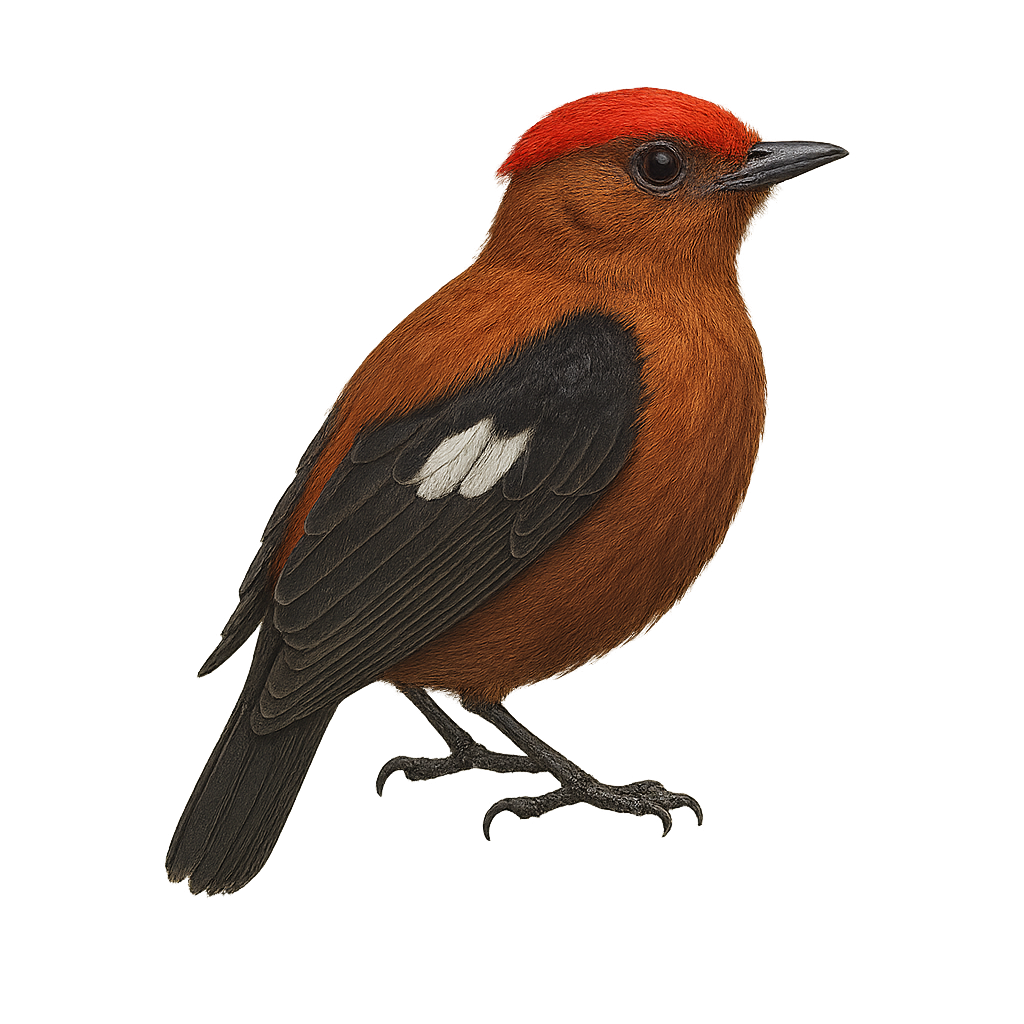Your wildlife photography guide.
Explore the club-winged manakin in detail, study its behavior, prepare your shots.
Where to observe and photograph the club-winged manakin in the wild
Learn where and when to spot the club-winged manakin in the wild, how to identify the species based on distinctive features, and what natural environments it inhabits. The WildlifePhotographer app offers tailored photography tips that reflect the club-winged manakin’s behavior, helping you capture better wildlife images. Explore the full species profile for key information including description, habitat, active periods, and approach techniques.
Club-winged Manakin
Scientific name: Machaeropterus deliciosus

IUCN Status: Least Concern
Family: PIPRIDAE
Group: Birds
Sensitivity to human approach: Suspicious
Minimum approach distance: 10 m
Courtship display: December to January
Incubation: 17-19 jours
Hatchings: December to February
Habitat:
Humid tropical forests, dense undergrowth
Activity period :
Primarily active during the day, with peak activity in the morning and late afternoon.
Identification and description:
The Club-winged Manakin, scientifically known as Machaeropterus deliciosus, is a small bird native to the humid tropical forests of South America. The male is particularly notable for its vibrant plumage and unique courtship display, where it produces a violin-like sound by rapidly rubbing its modified wing feathers together. This fascinating behavior is rare among birds. They inhabit dense undergrowth, feeding primarily on fruits and insects. Although their habitat is threatened by deforestation, they remain relatively common in protected areas. Socially, these birds are intriguing, with males often solitary except during the breeding season.
Recommended lens:
400 mm – adjust based on distance, desired framing (portrait or habitat), and approach conditions.
Photography tips:
To photograph the Club-winged Manakin, it's essential to blend into the environment and remain patient. Use a telephoto lens of at least 400mm to capture detailed images from a distance without disturbing the bird. Look for areas where males perform their courtship displays, often marked by distinctive sounds. The natural light of morning or afternoon is ideal to highlight the vibrant colors of their plumage. Be attentive to subtle movements in the undergrowth, as these birds can be challenging to spot.
The WildlifePhotographer App is coming soon!
Be the first to explore the best nature spots, track rutting seasons, log your observations, and observe more wildlife.
Already 1 431 wildlife lovers subscribed worldwide

